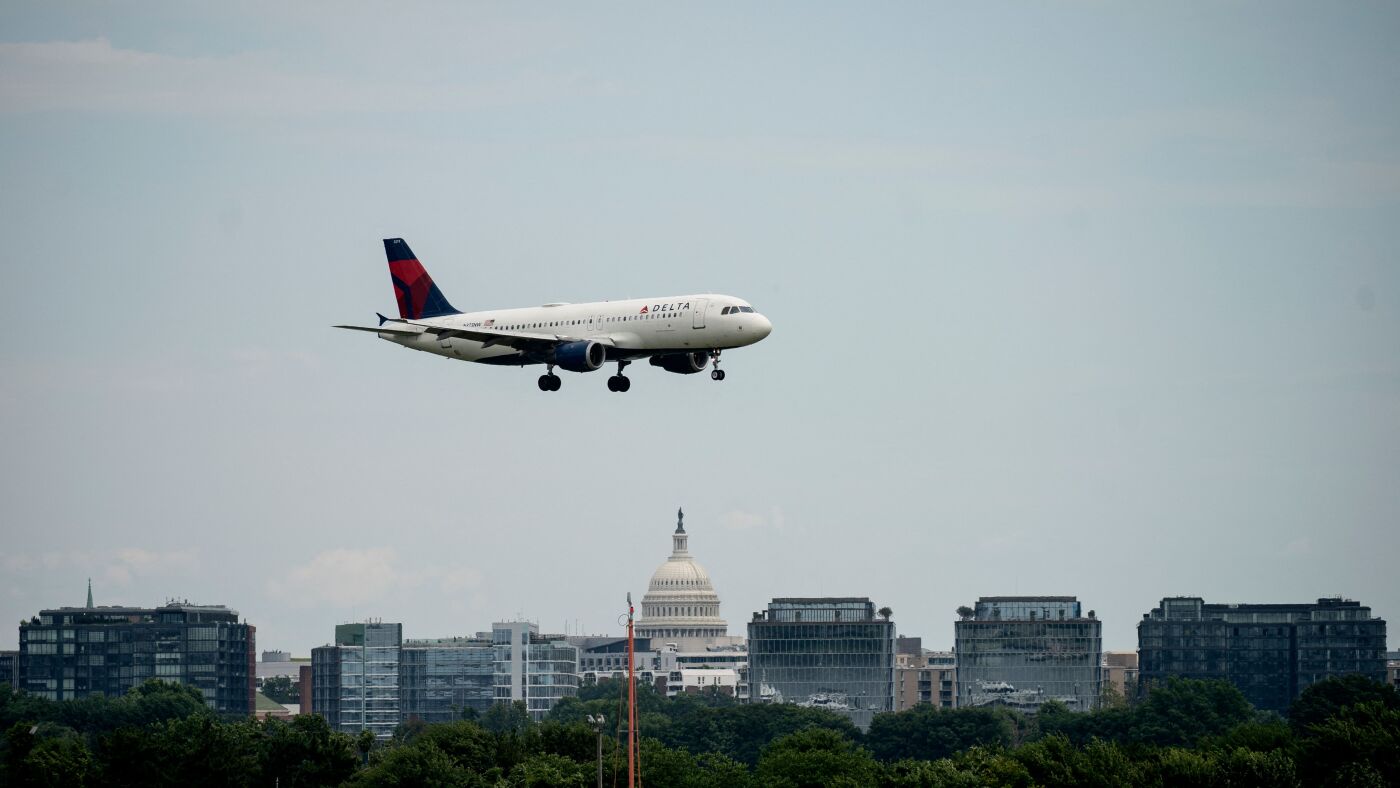The Unacceptable Incident at Ronald Reagan Washington National Airport
In the skies above Ronald Reagan Washington National Airport, an alarming incident unfolded, highlighting the critical need for stringent air traffic management and adherence to safety protocols. On a seemingly ordinary day, two commercial jetliners were forced to abort their landings due to the presence of an Army Black Hawk helicopter. This event, while not resulting in a collision, underscores the potential dangers and the urgent need for improved coordination and communication between military and civilian air traffic controllers.
The Incident: A Closer Look
The incident involved a UH-60 Black Hawk helicopter, which was conducting flight operations into the Pentagon. According to U.S. Army spokesperson Capt. Victoria Goldfedib, the helicopter was following published FAA flight routes and DCA procedures. However, the helicopter’s actions violated safety standards, necessitating air traffic controllers to order the two commercial jetliners to perform “go-around” maneuvers. This term refers to the procedure where an aircraft, already on final approach to landing, is directed to abort the landing and climb to a safe altitude, typically due to a safety concern.
The specifics of the incident reveal that the Black Hawk helicopter was conducting a “scenic” loop around the Pentagon. This maneuver, while potentially routine for military operations, posed a significant risk to civilian air traffic. Air traffic controllers, responsible for the safety of hundreds of passengers, had to act swiftly to prevent a potential midair collision. The controllers directed the two commercial jetliners to execute go-around procedures, ensuring a safe distance from the Black Hawk helicopter.
The Aftermath and Reactions
The incident sparked immediate reactions from aviation experts and officials. U.S. Transportation Secretary Sean Duffy labeled the event as “unacceptable,” emphasizing the need for heightened vigilance and coordination between military and civilian air traffic management systems. The incident occurred just a week after the same Army unit had resumed flights following a deadly crash in January, adding to the gravity of the situation.
Safety Standards and Protocol Violations
The Black Hawk helicopter’s actions were deemed a violation of safety standards. Air traffic controllers are trained to prioritize safety above all else, and the presence of the Black Hawk helicopter in the flight path of commercial jetliners posed an unacceptable risk. The go-around procedure, while effective in preventing immediate danger, is a clear indicator of a system under stress.
The incident raises questions about the coordination between military and civilian air traffic control systems. While the Black Hawk helicopter was following published routes, the timing and location of its operations put it in close proximity to commercial air traffic. This proximity, coupled with the helicopter’s maneuvers, created a situation that required immediate intervention from air traffic controllers.
The Role of Air Traffic Controllers
Air traffic controllers play a pivotal role in ensuring the safety of air travel. Their responsibilities include managing the flow of aircraft in and out of airports, directing aircraft to safe altitudes, and coordinating with pilots to ensure smooth and safe operations. In this incident, the controllers’ quick thinking and adherence to safety protocols prevented a potential disaster.
The go-around procedure is a critical safety measure. It allows controllers to redirect an aircraft that is already on final approach to landing, ensuring that it maintains a safe distance from other aircraft or obstacles. This procedure, while routine in some cases, requires precise coordination and communication between controllers and pilots.
Lessons Learned and Future Implications
The incident at Ronald Reagan Washington National Airport serves as a stark reminder of the importance of air traffic safety. It highlights the need for improved coordination between military and civilian air traffic control systems. While the Black Hawk helicopter was following published routes, its operations in close proximity to commercial air traffic underscore the need for enhanced communication and coordination.
The incident also underscores the critical role of air traffic controllers. Their training, expertise, and adherence to safety protocols are essential in preventing potential disasters. The go-around procedure, while effective, is a clear indicator of a system under stress. It highlights the need for continuous improvement in air traffic management systems.
Conclusion: A Call for Enhanced Safety Measures
The incident at Ronald Reagan Washington National Airport is a wake-up call for the aviation industry. It emphasizes the need for stringent safety measures, improved coordination between military and civilian air traffic control systems, and continuous training for air traffic controllers. The “unacceptable” nature of the event, as labeled by U.S. Transportation Secretary Sean Duffy, underscores the urgency of these measures.
As the aviation industry continues to evolve, so too must the systems and protocols that ensure its safety. The incident serves as a reminder that even routine operations can pose significant risks. It is a call to action for all stakeholders in the aviation industry to prioritize safety, enhance coordination, and continuously improve air traffic management systems. Only through these efforts can we ensure the safety of passengers and the integrity of the air traffic control system.


